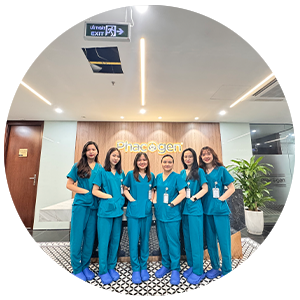Age-related macular degeneration (AMD) is characterized by pathological protein- and lipid-rich drusen deposition under the retinal pigment epithelium (RPE) and atrophy of the RPE monolayer in advanced stages of the disease - processes that no drug can counteract. The result is the death of light-sensing cells and reduced vision.
Now, using a stem cell-derived model (iPSC-RPE) to mimic those processes, researchers have identified two drugs that can slow AMD.
.
This work was published in the journal Nature Communications in the article: “Epithelial phenotype restoring drugs suppress macular degeneration phenotypes in an iPSC model.”
.
“This stem cell-derived model of dry AMD is a game-changer,” said Michael F. Chiang MD, Director of the National Eye Institute (NEI). Scientists have struggled to unravel this incredibly complex disease and this model could prove invaluable in understanding the causes of AMD and discovering new therapies.”
.
The investigators developed the model using stem cell-derived adult RPE cells. The cells are grown using skin fibroblasts or donated blood samples from AMD patients. The fibroblasts or blood cells are then programmed to become induced pluripotent stem cells (iPSCs), and then reprogrammed to become retinal pigment epithelial (RPE) cells.
.
Researchers have used this model to screen for drugs that slow or stop the progression of the disease. The two drugs prevented the model from developing the main phenotypes of drusen accumulation and atrophy, or shrinkage, of RPE cells.
.
Previous genetic studies have shown that some AMD patients have variations in genes responsible for regulating the non-classical complement activation pathway, an important part of the immune system. However, it is unclear how genetic variations lead to the disease.
.
One hypothesis is that patients with such variants are unable to downregulate the non-classical complement activation pathway once it is activated, leading to the formation of anaphylaxis, a type of proteins that lead to inflammation, among other biological functions.
.
To test this hypothesis, the researchers exposed 10 iPSC-derived RPE cell lines carrying different genetic variants to anaphylactic toxins from human serum. They predicted that this trial would be representative of the age-related increase in the non-classical complement activation pathway that has been observed in the eyes of AMD patients.
.
RPE derived from iPSCs exposed to (activated) human serum develop major disease phenotypes: drusen formation and RPE atrophy, which are associated with stages of disease progression. While signs of disease progression occurred in all 10 iPSC-derived RPE cell types used in the study, they were more severe in the iPSC-derived PRE cell line from the patients. carrying high-risk variants in the non-classical complement activation pathway, compared with cell lines carrying low-risk variants, has given researchers a way to distinguish type-specific effects. genes for disease characteristics.
.
Using this model, they screened more than 1,200 species. Two drugs have been shown to inhibit RPE atrophy and drusen formation: the protease inhibitor aminocaproic acid, which appears to directly block the extracellular complement activation pathway, and a second agent (L745), which blocks Complement-induced inflammation inside cells indirectly through inactivation of the dopamine pathway.
.
According to Dr. Kapil Bharti, director of NEI's Eye and Stem Cell Translational Research Division, L745 appears to be the most promising and biologically interesting. The drug was developed by Merck & Co., and was initially tested to treat schizophrenia.
.
In addition, the Bharti lab has generated iPSCs from volunteers in a large NEI-supported clinical study called AREDS2. “We developed 65 iPSC-derived RPE lines and shared them with the research community to create models for AMD research. This paper provides a framework for developing similar models and thus has broad implications for the AMD research community.” Bharti said.
.
Translator: Thanh Long – Phacogen Institute of Technology,
Bachelor of Biotechnology - University of Natural Sciences - Hanoi National University
Referral:





